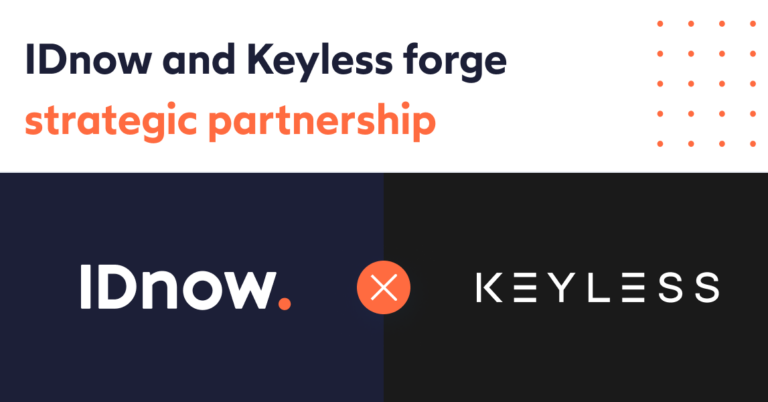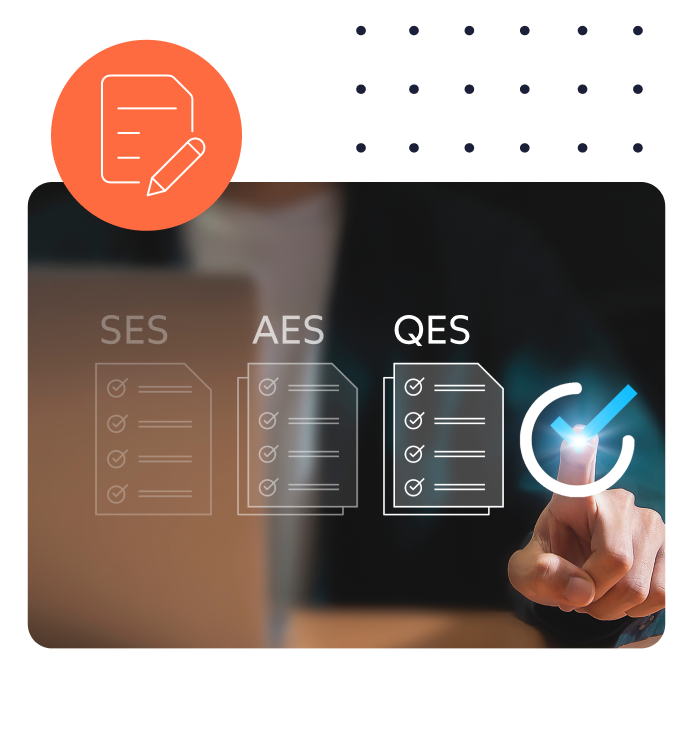What is a Central Bank Digital Currency?
A Central Bank Digital Currency (CBDC) is a form of digital currency (also known as a digital fiat currency) that is issued by a central bank, rather than a commercial bank. As the name suggests, the currency is digital and not physical like notes or coins.
How does a CBDC work?
A central bank’s database issues the currency, providing each “Sand Dollar” (Bahamas) or “e-krona” (Sweden) with a unique, identifiable serial number. Often, central banks will also peg the electronic currency to their existing national currency.
What are the advantages of CDBC?
There are numerous advantages to having a CDBC. For example, as they enable people to use a central bank directly, CDBCs are considered to facilitate more efficient and secure payments. Also, as CBDC transactions are all recorded on one digital ledger, money is easier to track, enabling authorities to detect fraud and other illicit activities much easier and quicker compared to other payment methods.
What are the disadvantages of CDBC?
As central banks would have complete control and oversight over usage, there would be considerably less privacy for users. With data on every transaction and every user, this is likely to affect widespread adoption of CDBCs. If CDBCs do gain popularity, this will affect business for commercial banks, which would have a knock-on effect on the stock market.
Which countries have a CDBC?
There are close to 100 countries with their own CBDC in either development or pilot stage. These include countries like China, Russia, India, Japan, and South Korea. However, only a handful of countries have actually launched their own CBDC, including The Bahamas (Sand Dollar), and Nigeria (eNaira).
What are the differences between CDBC and cryptocurrencies?
They may sound similar, but the key difference between CDBC and cryptocurrencies is that cryptocurrencies are decentralized, with no central party controlling it. CDBCs are controlled by a central bank. Because of this, users of cryptocurrencies can transfer and transact with a degree of privacy, and in some cases anonymity. With CDBCs, a record of all users will be retained by a central bank.



